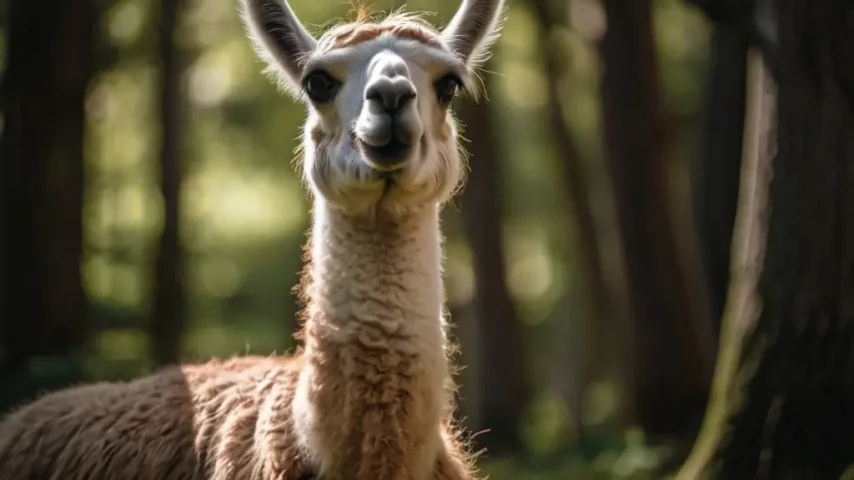The Science Behind Llama Spitting: Unraveling Nature’s Curious Defense Mechanism
Llamas, with their endearing faces and gentle demeanor, often evoke images of peaceful grazing in the Andean highlands. However, beneath their serene exterior lies a fascinating and somewhat misunderstood behavior: spitting. In this comprehensive exploration, we delve into the intricate mechanisms behind llama spitting, uncovering the science, evolution, and cultural significance of this unique phenomenon.
Understanding Llama Spitting:
Llama spitting is not a mere act of random aggression; rather, it is a carefully honed defense mechanism evolved over centuries. Llamas primarily use spitting as a means of communication and defense, employing it to establish dominance within their social hierarchy and ward off perceived threats.

The Anatomy of a Spit:
To comprehend the mechanics of llama spitting, we must first examine their unique anatomy. Llamas possess specialized saliva glands that produce a thick, greenish substance with a distinctive odor. This saliva is stored in a reservoir located near the base of the tongue, allowing llamas to expel it with remarkable accuracy and force.
The act of spitting involves a complex series of muscular contractions, starting from the diaphragm and extending to the mouth. When threatened or agitated, llamas will arch their necks, draw in a deep breath, and forcefully expel the contents of their saliva reservoir. The resulting projectile can travel several feet with surprising speed and accuracy, targeting the eyes and mucous membranes of potential adversaries.

Evolutionary Origins:
The origins of llama spitting can be traced back to their wild ancestors, who inhabited the harsh terrain of the Andean mountains. In this rugged environment, effective defense mechanisms were essential for survival, and spitting emerged as a highly effective means of deterring predators and competing for resources.
Over time, llamas honed their spitting abilities through natural selection, developing specialized adaptations to enhance the accuracy and range of their projectiles. Today, spitting remains an integral aspect of llama behavior, deeply ingrained in their social interactions and territorial defense strategies.

Cultural Significance:
Beyond its biological function, llama spitting holds cultural significance in many Andean communities. In traditional folklore and mythology, llamas are often portrayed as guardians and protectors, endowed with mystical powers to ward off evil spirits. Spitting is sometimes viewed as a symbolic ritual, used to cleanse and purify sacred spaces or dispel negative energy.
In modern times, llama spitting has also found its way into popular culture, capturing the imagination of people around the world. From memes and viral videos to humorous anecdotes, llamas have become synonymous with their peculiar ability to launch saliva projectiles with uncanny precision.
In conclusion, llama spitting is a remarkable example of nature’s ingenuity, blending biology, behavior, and cultural significance into a single fascinating phenomenon. By unraveling the science behind llama spitting, we gain a deeper appreciation for these majestic creatures and the intricacies of their evolutionary journey. Whether viewed as a quirky quirk or a serious defense mechanism, llama spitting serves as a reminder of the diverse and endlessly fascinating world of animal behavior.







